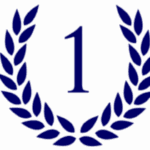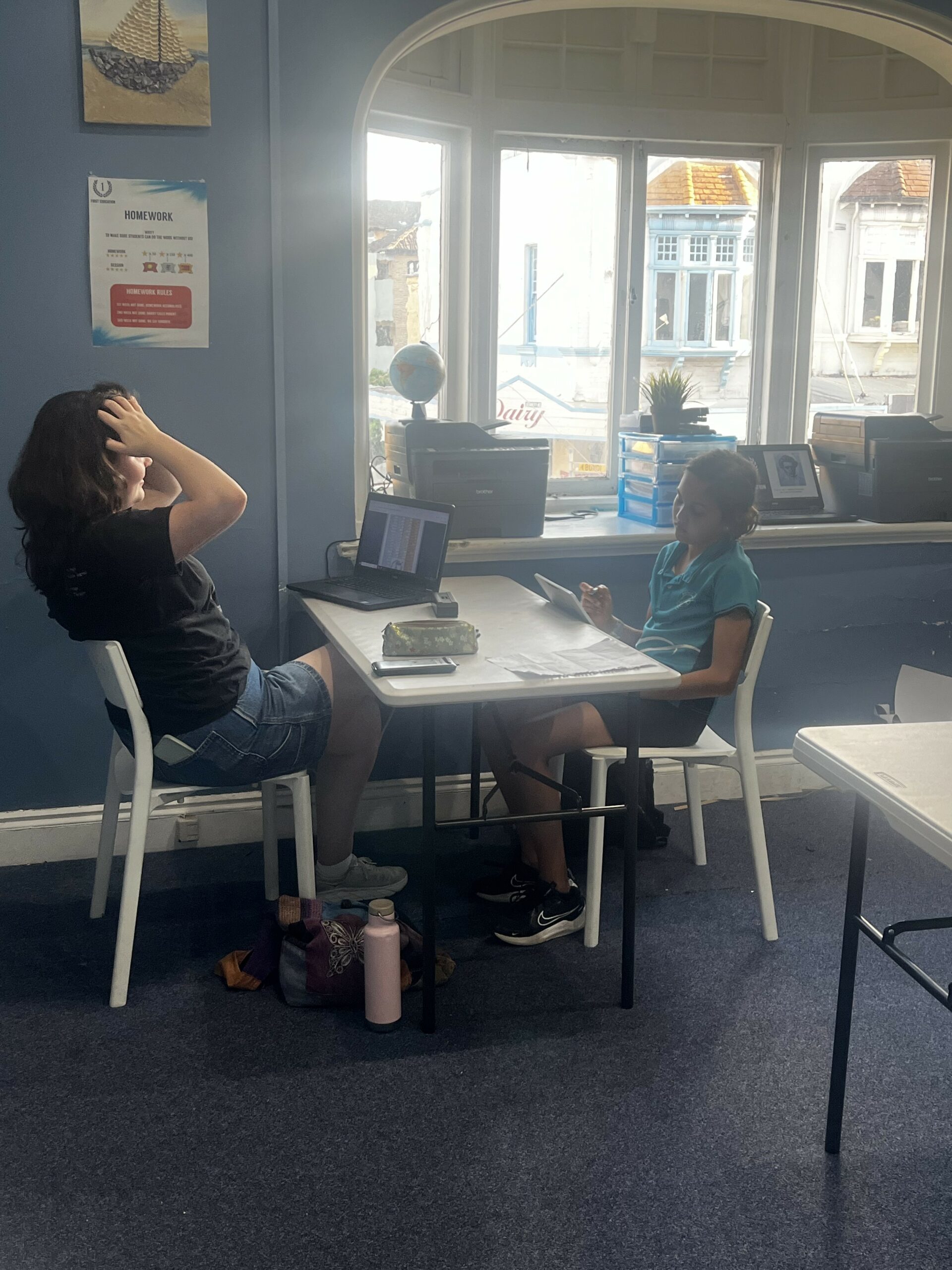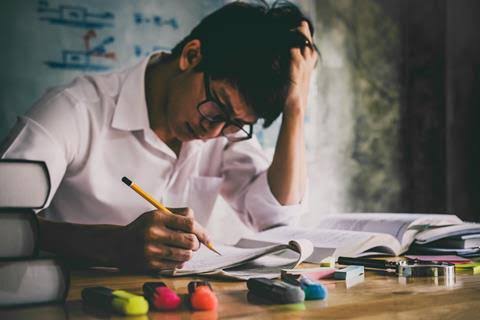
This evening, I observed Toby’s session with his Year 10 student. The two clearly had been working together for a while, as they had great rapport and talked casually with each other, which meant that when the student made mistakes or needed help with a specific question, they felt really comfortable asking Toby for assistance. They worked on some maths questions that the student had sent Toby beforehand through email, and Toby explained each of the topics to her, checking in with her along the way to make sure she was understanding. He then went through some additional examples he found online and asked her to do some on her own, providing constant encouragement and breaking up periods of intense focus with general conversation so she had a bit of a brain break. Furthermore, it meant that when the student got distracted or carried away with the conversation, Toby was able to seamlessly bring her focus back to the maths work, without her feeling like she was being told off in any way.
It was really great to see how well Toby knew the student, especially when it came to knowing which content areas she had already learnt and which ones her class hadn’t covered yet. This clearly made the session more productive, as he could skip over areas that she hadn’t learnt yet and also focus on the areas he knew that she often struggled with. As someone who is relatively new to tutoring at First, I think this style of tutor – student connection is something I really hope to develop with my students, especially those in senior high school years. One thing I noticed that built their comfortable rapport was Toby’s open body language, as the student reciprocated it and instinctively felt more at ease in what could have been a formal and awkward environment.
Great job Toby!!
Gemma Vinciguerra










